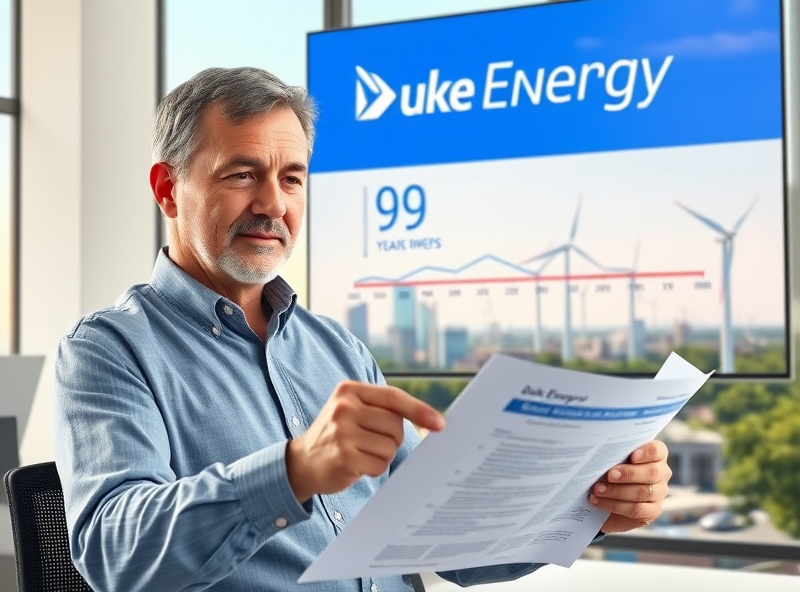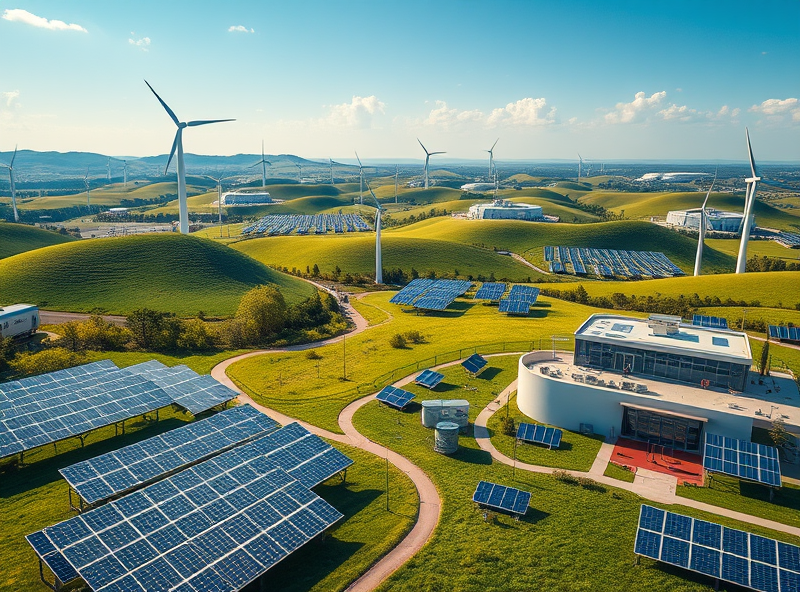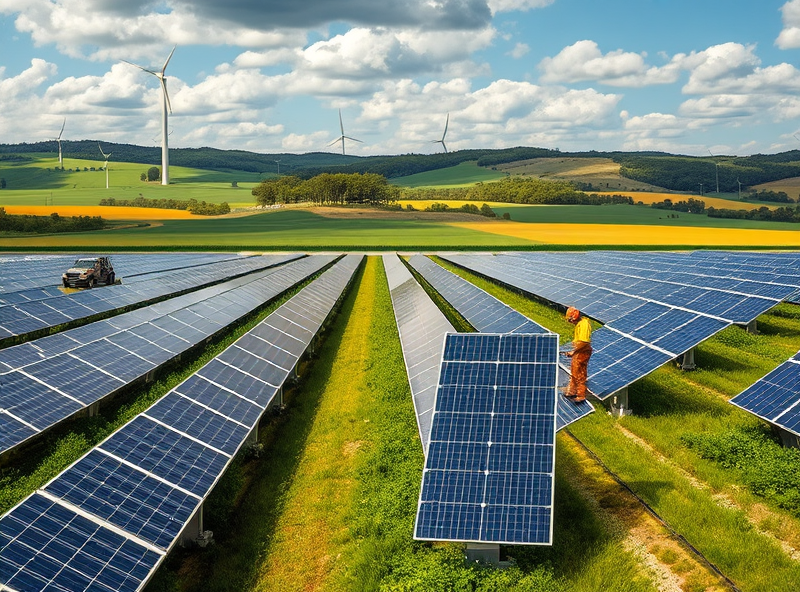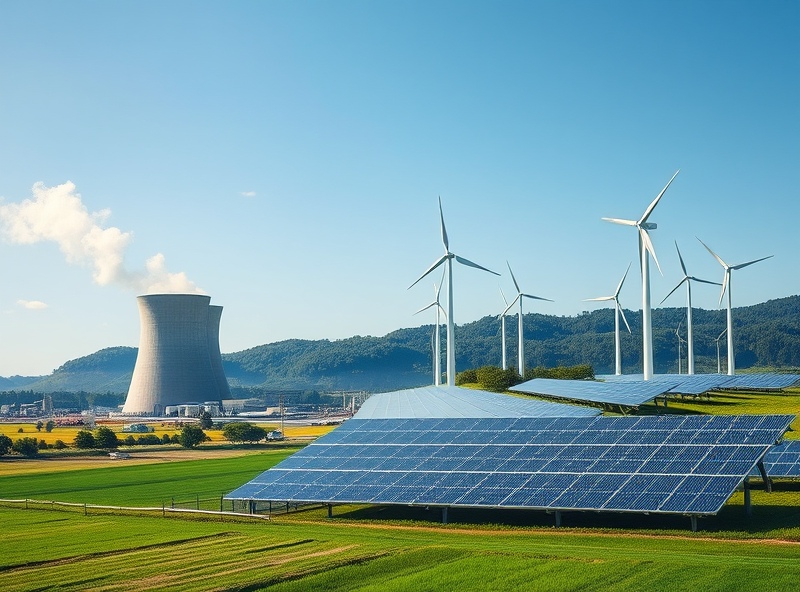
Duke Energy Dividend & Clean Energy Strategy in the Carolinas
Stable Dividends: 99 Years of Consistent Payouts

Duke Energy has long been a cornerstone for income-focused investors, and for good reason. With an impressive track record of 99 consecutive years of dividend payments, the company exemplifies financial stability and long-term commitment to shareholder value. This consistency is especially valuable in today’s volatile markets, where many investors seek reliable income streams.
Duke Energy’s dividend strategy is deeply rooted in its regulated utility business model. Serving millions of customers across the Carolinas and other regions, the company benefits from predictable cash flows and state-regulated pricing structures. These factors allow Duke to maintain a steady payout ratio while continuing to invest in infrastructure and clean energy transitions.
What makes Duke’s dividend policy even more appealing is its alignment with the company’s broader clean energy strategy. As Duke shifts toward renewable energy sources—such as solar, wind, and battery storage—it is simultaneously investing in long-term growth while preserving its ability to reward shareholders. This dual focus on sustainability and financial reliability is rare and makes Duke a compelling choice for both conservative and ESG-conscious investors.
For those considering dividend-paying stocks, Duke Energy offers a blend of income stability and forward-looking strategy. Its nearly century-long dividend history is not just a number—it’s a reflection of disciplined financial management and a clear vision for the future.
For more information on Duke Energy’s dividend history and clean energy plans, you can visit their official investor relations page: https://investors.duke-energy.com
The Carolinas Resource Plan: Clean Power for the Future

Duke Energy’s Carolinas Resource Plan is a forward-looking blueprint designed to deliver cleaner, more reliable, and affordable energy to North and South Carolina. At its core, the plan outlines a transition from coal to cleaner energy sources, including solar, wind, battery storage, and advanced nuclear. This shift is not only environmentally responsible but also economically strategic, aiming to meet growing energy demands while reducing carbon emissions by at least 70% by 2030 and achieving net-zero emissions by 2050.
One of the key insights from the plan is its emphasis on a balanced energy mix. Rather than relying solely on intermittent renewables, Duke Energy is investing in grid modernization and energy storage to ensure reliability. This means fewer outages and more consistent power for homes and businesses. The plan also supports economic growth by creating clean energy jobs and encouraging innovation in the region.
For residents and investors alike, this strategy signals long-term stability. Cleaner energy infrastructure tends to have lower operating costs and aligns with federal and state regulatory trends, making it a smart move for the future. Whether you’re a homeowner looking to reduce your carbon footprint or an investor evaluating utility stocks, understanding this plan can help you make informed decisions.
You can learn more about Duke Energy’s clean energy strategy directly from their official resource plan here: https://www.duke-energy.com/our-company/about-us/carolinas-resource-plan
Leading Renewable Projects: Solar and Wind in Action

Duke Energy is making impressive strides in clean energy across the Carolinas, focusing heavily on solar and wind power. As part of its broader sustainability and decarbonization goals, the company is investing billions into renewable infrastructure to ensure a cleaner, more resilient energy future for its customers.
In North Carolina, Duke Energy is leading one of the largest solar initiatives in the Southeast. The company has already connected over 3,800 megawatts of solar power to the grid, enough to power nearly 800,000 homes. This includes both utility-scale solar farms and programs that support residential and commercial solar installations. These efforts not only reduce carbon emissions but also create local jobs and support economic development in rural communities.
Wind energy is also part of Duke Energy’s clean energy mix, particularly through its investments in wind farms in the Midwest and the potential for offshore wind development along the Atlantic coast. While the Carolinas are not yet a major hub for wind energy, Duke is actively exploring opportunities, especially as technology advances and regulatory support increases.
What’s especially beneficial for consumers is that these renewable projects are designed to integrate seamlessly with the existing grid, ensuring reliability while reducing long-term energy costs. Additionally, Duke Energy offers various programs for customers to participate in clean energy, such as the Green Source Advantage program, which allows large businesses and institutions to offset their energy use with renewable sources.
These projects align with Duke Energy’s commitment to achieve net-zero carbon emissions by 2050, with an interim goal of reducing emissions by 50% by 2030. Their clean energy strategy not only supports environmental goals but also provides economic and energy security benefits to the Carolinas.
For more details on Duke Energy’s clean energy initiatives, you can visit their official sustainability page: https://www.duke-energy.com/our-company/environment/sustainability
Balancing Nuclear & Renewables in the Energy Mix

As Duke Energy continues its clean energy transition in the Carolinas, one of the most important strategic challenges is finding the right balance between nuclear power and renewable energy sources like solar and wind. While both are low-carbon options, they serve different roles in ensuring a reliable and sustainable energy grid.
Nuclear energy provides a stable, around-the-clock power supply, making it a crucial ‘baseload’ energy source. In contrast, renewables are intermittent — solar panels don’t generate electricity at night, and wind turbines only work when the wind blows. This variability makes it difficult to rely solely on renewables without advanced energy storage or backup systems.
Duke Energy has recognized this and is investing in both sectors. In fact, nuclear currently accounts for about half of North Carolina’s electricity generation, and Duke plans to extend the life of its existing nuclear fleet while also expanding solar and battery storage projects. This hybrid approach ensures grid reliability while significantly reducing carbon emissions.
For consumers, this balanced strategy means more stable electricity prices, fewer outages, and a cleaner environment. It also supports job creation in both nuclear maintenance and renewable infrastructure development.
If you’re interested in how Duke Energy is planning its long-term energy mix, the North Carolina Utilities Commission offers detailed filings and updates: https://www.ncuc.gov/





